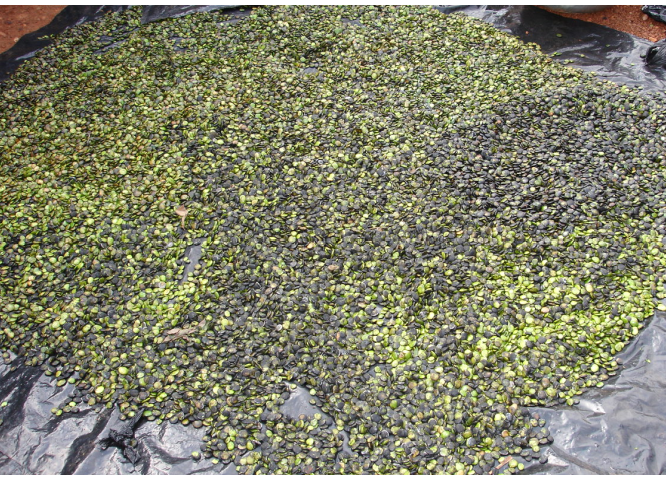Origin
Griffonia simplicifolia plant is found principally in the West African countries of Ghana, Ivory Coast and Togo. The plant is adapted to wide range of agro climatic conditions. It is common in the coastal plains as well as secondary forest. It thrives well on termite hills and on mountain slopes.
Ecology and Botany
In the coastal plains it grows as a shrub to a height of about 2 metres whilst in the forest zones it takes the form of climber around tall trees. There is no commercial cultivation of the plant but it is common to find Griffonia covering several hectares of land in the wild. Griffonia is widely distributed in the country. It is populated along the coast from Komenda to Kasoa. Other areas include Dodzi, Akatsi, Agbezume and Nkonya areas of the Volta region, Bomaa, Nsoatre and Ahafo areas of the Brong Ahafo region: Nyinahini, Kokofu, Ejisu areas of the Ashanti region: Akwamu, Somanya, Kwahu areas of the Eastern region and Sefwi, Enchi and Asankragua areas of the Western region. Though no cultivation of the plant exists, it can be seen stretching over several hectors of land in the Gomoa and Mfantsiman districts of the central region
Griffonia normally flowers between August and October and matures in December-February.
Uses of Plant by Locals
Traditional uses of the plant include use of the stem and roots as chewing sticks, leaves for wound healing, and leaf juice as an enema and for the treatment of bladder and kidney ailments. A decoction of the stems and leaves provides relief from nausea and to also treat

Partially dried seeds






















